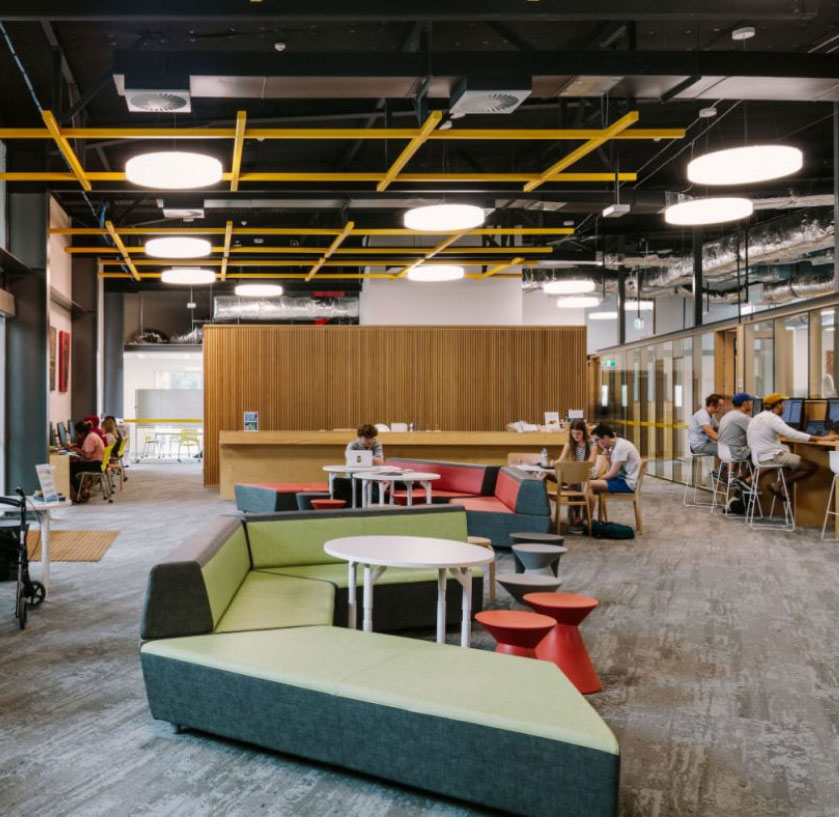April 10, 2019
Commentary: Non-medical research loses again
IRU’s Executive Director Conor King has a comment piece in the Higher Education section of today’s edition of The Australian, reflecting on six years of Coalition government budgets.
The full published text of the article is below – or you can read online at The Australian ($).
Non-medical research loses again
Across six budgets from 2014 to this year, the Coalition government consistently has driven higher education and research policy from the perspective of fiscal restraint. However, by its own measures it has failed to achieve the fiscal reductions it wanted.
It is no surprise that higher education and research are not among the areas for additional investment now that Josh Frydenberg is projecting surpluses.
By contrast, Labor essentially has held to its argument that education and research are investments that more than offset the initial cost. Under Labor’s plans, universities will have to argue for what is needed to optimise the return, but it is very different focus.
The coming election will determine which of these approaches will guide higher education for the coming half decade.
In this light, the additional impact of this year’s budget on the higher education sector is small, since its decisions only build on previous changes. The one new theme is support for regional higher education, and even then the announcements were made in advance. All that was left was for the budget to confirm where the funding was coming from.
To assess the Coalition’s impact involves working through its approach across six budgets.
The most obvious fiscal challenge created by higher education was the large growth in student numbers in the early 2010s. This had largely ceased when the Coalition government was elected in late 2013, but the image of out-of-control expansion drove the initial response.
From the 2014 budget to the end of 2017, the government sought a major reduction in the Commonwealth Grant Scheme, proposing three different plans, until finally resorting to a funding cap, university by university.
As expected, this year’s budget did not alter the plan for minor increases in the caps from 2020. It does mean that if the Coalition is re-elected its minister will have to work out how to cope with the surge in the school-leaver cohort from 2021. If the minister continues to set funding limits, they will soon learn again what it is for constituents and their children to miss out on university places.
The impact on research has been less obvious but more palpable. Australian Research Council funds reached their peak in 2014 and have fallen since as various programs have reached their end point with little new to replace them. This trend is continuing.
One of the brighter Coalition moments was the National Innovation and Science Agenda of the 2016 budget, though no mark II plan was ever delivered.
The Watt review of the research block grants was intended to promote this, yet the extra money proposed has not arrived. Instead the programs have been cut from this year, in part to pay for the regional initiatives.
Medical research has had a better fate, as is often the way with the Coalition. National Health and Medical Research Council funding has been constant and the Medical Research Future Fund is starting to allocate substantial funds. This in itself risks unbalancing the research effort, however, unless the much-called-for “non-medical research future fund” is also created.
Infrastructure provides a more complex case. More than $3 billion left in the Education Investment Fund has sat unused. The government is now at its third alternative for this money: initially it was to be redirected to state-based infrastructure, then to support recurrent National Disability Insurance Scheme costs, and now to create the emergency response fund — an emergency lump of funds indeed. So far each has failed to gain the legislative permission required to transfer the funds. But the message is clear — those funds are not for universities if the Coalition controls them.
Yet the major gain from last year’s budget was the research infrastructure funding of $2.2bn through to 2028. This followed a period of a half-decade without investment in new facilities. Allocating additional money, rather than using the EIF, is one of those political decisions that bamboozles.
Steadily, across many areas, the government has pared back smaller programs, sometimes pushing them out of existence.
Support for international mobility is one such case. Julie Bishop, as foreign minister, created the New Colombo Plan, which has settled at its ongoing funding level — one that cannot support the aim of a being a life-changing experience for most students.
Last year’s budget seriously cut the Endeavour program that has supported mobility for a wide range of people, not just undergraduates and not just to Asia. This year this program was killed off completely in return for the scholarships for students to study in regional areas.
The projected surpluses makes clear that the argument for containment is past. That does not mean an open book, but if the Coalition is returned it should take the opportunity to rethink how it will control funding for student education across the 2020s and ensure it supports Australia’s high-quality research system.
Conor King is executive director of the Innovative Research Universities group.








